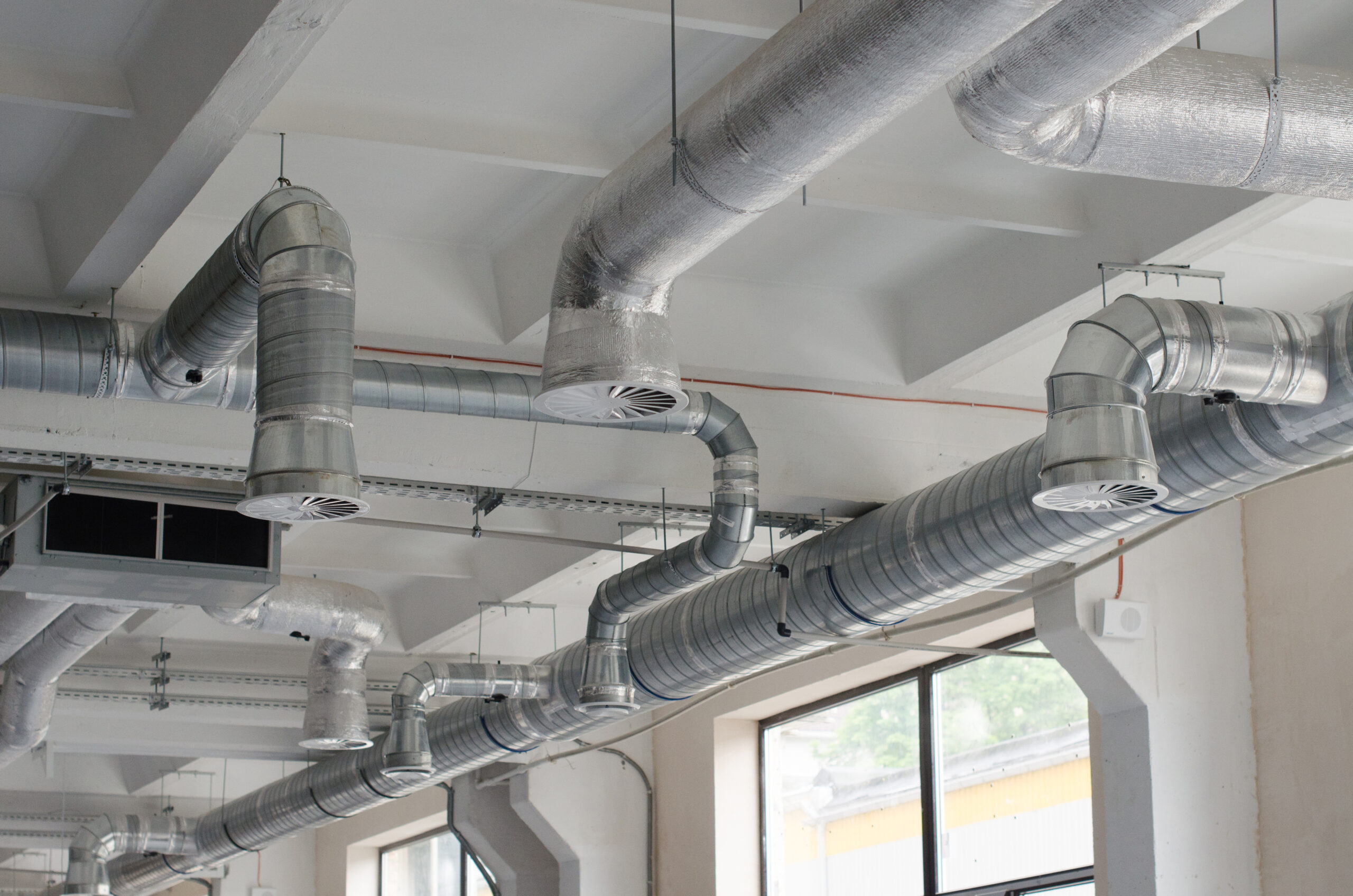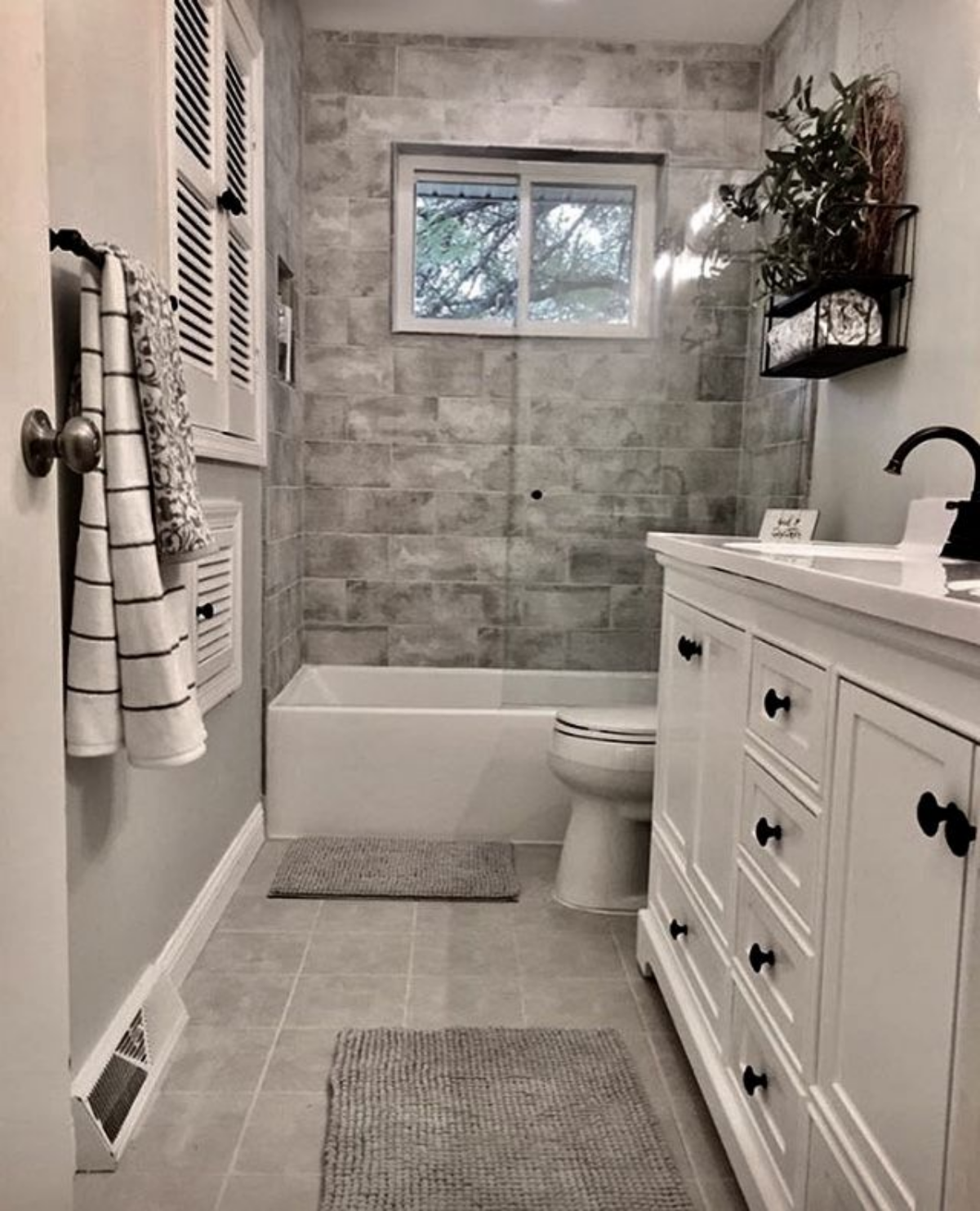How do you really feel on the subject of Essential Plumbing Vent Pipes: Understanding Their Role?

Correct ventilation in plumbing systems is typically forgotten, yet it is critical for keeping the performance and safety and security of your home's pipes. Ventilation assists regulate air pressure, prevent the accumulation of unsafe gases, and make sure the reliable elimination of waste. In this guide, we will check out the relevance of correct pipes air flow, just how it functions, and the advantages it offers your pipes system.
Recognizing Air Flow in Pipes
Ventilation in plumbing refers to the network of pipes that permit air to move via the drain system. These vents serve several functions, including regulating air pressure within the pipelines, protecting against sewage system gases from going into the home, and helping in the smooth flow of wastewater.
Just How Ventilation Works in Pipes Solutions
Atmospheric Pressure Law
Appropriate ventilation preserves balanced atmospheric pressure within the pipes system. When water moves with pipelines, it displaces air. Without appropriate ventilation, this displacement can develop negative stress, leading to slow down drains pipes or siphoning of water from catches, which can cause undesirable smells to permeate into the home.
Stopping Sewage System Gas Buildup
One of the most important features of pipes vents is to prevent sewer gases, such as methane and hydrogen sulfide, from collecting within the home. These gases can posture serious health risks and are extremely combustible. Vent pipelines permit these gases to escape safely outside.
Assisting in Waste Elimination
Ventilation assists in the effective elimination of wastewater by protecting against airlocks in the water drainage system. When air can flow freely with the vents, it permits water and waste to stream smoothly via the pipes, decreasing the threat of blockages and backups.
Sorts Of Plumbing Vents
Key Stack Vent
The major stack air vent, also called the air vent pile, is the primary air vent in a plumbing system. It expands from the primary drain align through the roof covering, enabling gases to run away and fresh air to go into the system.
Branch Vent
Branch vents attach to the primary pile vent and offer specific fixtures, such as sinks, commodes, and showers. These vents ensure that each component has ample ventilation to work properly.
Air Admission Valve (AAV).
An Air Admittance Shutoff (AAV) is a one-way shutoff that enables air to go into the pipes system without the need for a conventional air vent pipeline extending with the roof covering. AAVs are typically utilized in improvements or locations where mounting a basic vent is impractical.
Signs of Poor Ventilation in Plumbing.
Slow Draining Fixtures.
If your sinks, bathtubs, or commodes are draining pipes gradually, it could be an indication of poor air flow. Poor air circulation can produce a vacuum result, making it hard for water to drain pipes correctly.
Gurgling Appears.
Gurgling sounds originating from drains pipes are frequently an outcome of air being drawn via water traps because of unfavorable stress in the pipelines. This is a clear indicator of insufficient ventilation.
Undesirable Smells.
Sewer odors inside your home are a warning that your plumbing system is not effectively ventilated. This might indicate that drain gases are not being sufficiently vented outside, bring about possibly dangerous problems.
Typical Air Flow Errors.
Insufficient Vent Sizing.
Utilizing undersized vent pipes can lead to poor air circulation and stress discrepancies in the system. It's important to utilize vents that meet the specific needs of your pipes system.
Improper Vent Placement.
Positioning vents as well far from the components they offer can lower their performance. Correct positioning guarantees that air can stream freely and effectively through the system.
Disregarding Code Requirements.
Building regulations offer details guidelines for pipes air flow. Disregarding these codes can lead to a system that falls short to operate appropriately and may result in pricey repairs or carcinogen.
Benefits of Correct Ventilation.
Improved System Performance.
Properly ventilated plumbing systems operate a lot more successfully, with less obstructions, faster draining pipes, and much less pressure on the pipelines. This performance prolongs the life expectancy of the plumbing system.
Improved Air High Quality.
By stopping drain gases from entering your home, appropriate ventilation contributes to much better indoor air high quality, making your living setting healthier and extra comfy.
Protecting Against Water Damages.
Appropriate ventilation helps protect against water from being siphoned out of catches, which can result in sewer gases getting in the home and triggering water damage in time.
Actions to Make Certain Appropriate Ventilation.
Consulting Plumbing Codes.
Always consult local plumbing codes when designing or modifying your pipes system. These codes supply the needed guidelines for proper airing vent and ensure your system fulfills security criteria.
Routine Assessment and Upkeep.
Regular examinations can assist recognize prospective air flow issues prior to they come to be major issues. Upkeep tasks, such as cleaning up air vent pipelines and checking for obstructions, are essential for keeping the system in good working order.
Expert Installment.
For brand-new installations or major alterations, it's wise to work with a specialist plumbing. They have the competence to make sure the ventilation system is correctly designed and installed according to code.
Conclusion.
Proper ventilation is a crucial part of any type of plumbing system, making sure that it works effectively and securely. By comprehending the value of ventilation, acknowledging the signs of inadequate ventilation, and taking steps to keep your system, you can protect against costly concerns and secure your home's air quality.
4 Things You Should Know About Your Plumbing Vents
What Plumbing Vents Are
Also called a vent stack, a plumbing vent is a vertical pipe attached to your drain line that runs through your roof. The plumbing vent pipe, or plumbing air vent, removes gas and odors from your plumbing system and allows fresh air to enter the pipes, helping the water to flow out of the drain pipes.
What Plumbing Vents Do
Plumbing vents have two basic functions. One of which is to allow unpleasant smelling wastewater and sewer gasses to escape your plumbing system instead of entering your home. Plumbing vent pipes are typically located on roofs, away from windows, to ensure the fumes exit the home completely.
The other function of the plumbing vent is to move fresh air into your plumbing system. This helps move water through every plumbing fixture in your house, like toilets and sink drains. Think of the way in which you need to let a little air into the bottle as you pour soda in order to make the drink flow smoothly.
Different Types of Plumbing Vents
- True vent: This is the most common vent option. In simplest terms, a true vent is a vertical pipe attached to your drain line that exits through the roof. They often function as the main vent that other fixtures can connect to.
- Re-vent pipe or auxiliary vent: Attached to the drain line near specific plumbing fixtures, re-vent pipes run up and over to connect to the main vent.
- Common vent: Two plumbing fixtures installed on opposite sides of a wall are typically tied into the vent stack using something known as a sanitary cross.
- Wet vent: This venting option operates as a drain pipe and a vent at the same time. Wet vent drainage systems drain water from one fixture while venting the air from another. Although they’ve been used for over 100 years, wet vent systems have only recently been added to the plumbing code in many areas. If you’re planning on installing one in a bathroom remodel, make sure you check your local code prior to construction.
- Loop vent: For free-standing fixtures like kitchen island sinks, loop vents are ideal. These vent pipes run under the floor, rise from the P-trap, and create a loop inside the cabinet sink.
- Air admittance valve: An AAV is a one-way mechanical valve typically installed at the site of the plumbing fixture. AAVs allow venting to occur without having to tie into a larger venting system. They’re ideal for venting fixtures where you aren’t able to easily connect to an existing vent system.
Common Plumbing Vent Issues
Although vent pipes typically don’t have water flowing through them, they’re still subject to many typical plumbing issues. For example, clogs are one of the most common problems associated with sewer vent pipes. If your vent pipe gets clogged, all of your plumbing fixtures tied into the vent stack will be affected.
A sink with a slow drain that bubbles and gurgles or a strong sewage smell around your toilet are both indicators that your toilet vent pipe is clogged. Because most vent pipes exit through the roof, old leaves, twigs or even a bird’s nest could be clogging the pipe.
Clogs in your vent pipe system cause a buildup of negative pressure, meaning that water won’t be able to flow out of your home very well. It’s similar to putting your finger over the opening of a straw to trap water inside. When you remove your finger, the water is able to flow out of the straw.
If you suspect you have any blockage in your vent, make sure you have a professional come examine the situation. Left unchecked, a blocked air vent can lead to other costly repairs, like leaks and sediment buildup.
Under Pressure
Pipe vents are essential aspects of a home’s plumbing system. Owning a home means learning about all sorts of things you never put much thought into before. But by understanding as much as you can about the important systems of your home, you can keep those budgets intact and those anxiety levels low.
https://www.homeserve.com/en-us/blog/home-improvement/plumbing-vents/

Hopefully you liked our excerpt on What Is A Plumbing Vent & How Do They Work?. Thanks for taking a few minutes to read our blog post. Be sure to set aside a second to promote this page if you appreciated it. Thanks a lot for going through it.
Find Out More
Comments on “Proper Ventilation in Plumbing Systems: What It Is Important”